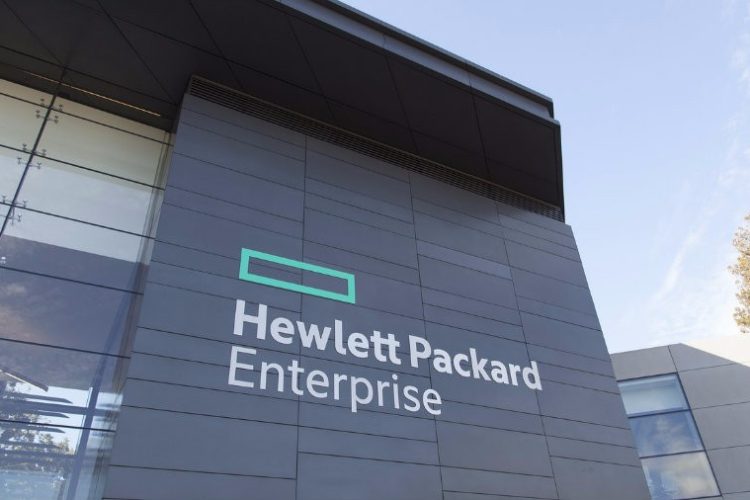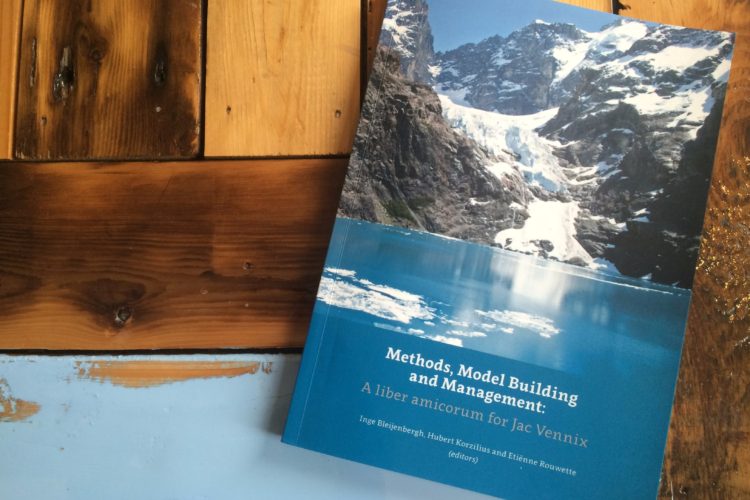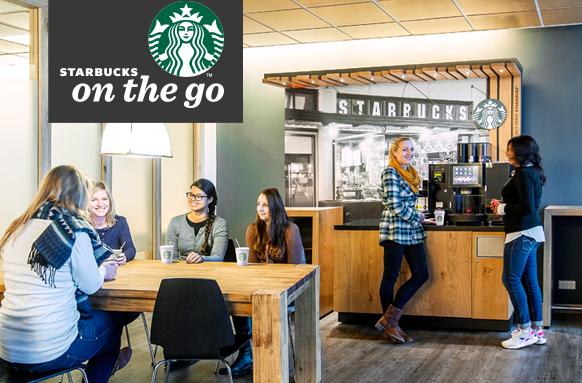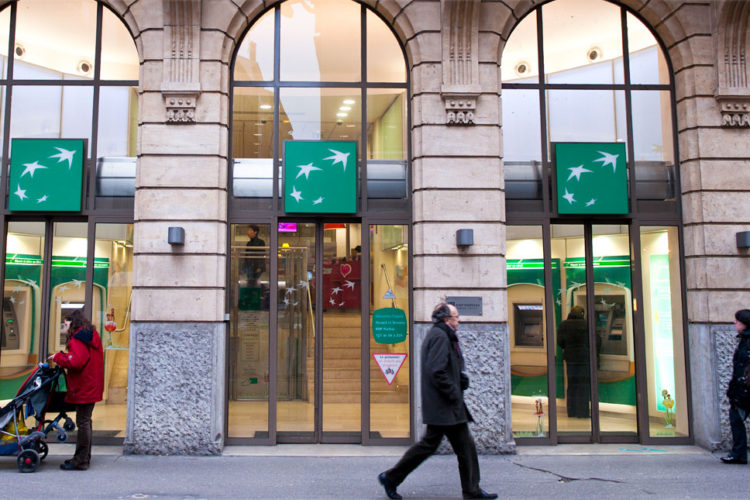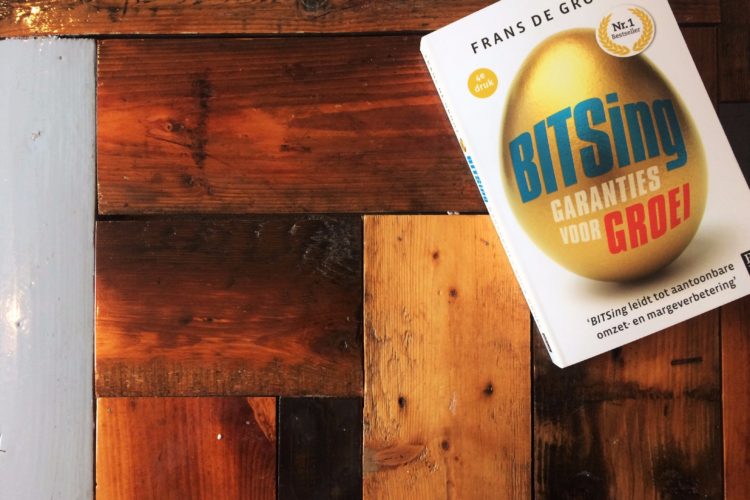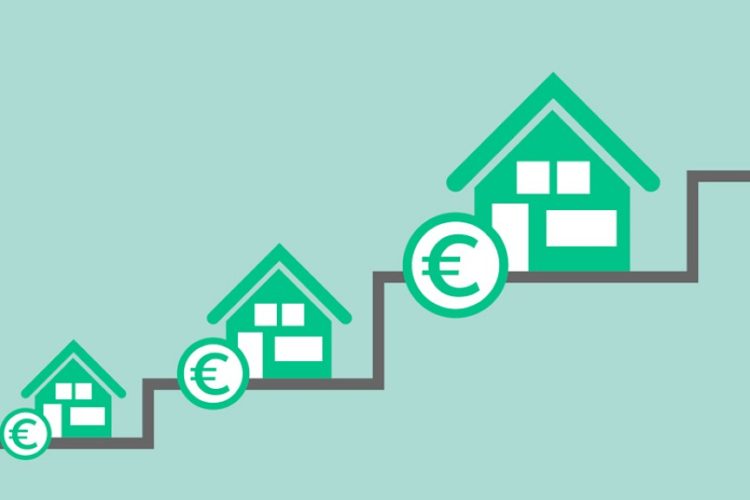Hewlett Packard Enterprise
Martijn Boermans
“Als je doet wat je altijd hebt gedaan, krijg je hetzelfde wat je altijd hebt gekregen”
Bitsing draait voor een belangrijk deel op informatie, data. Door de modellen te voeden met data krijg je de antwoorden op wat je te doen staat om je doel te bereiken. Maar wat is data eigenlijk?
We kennen allemaal het modewoord ‘Big data’. Dat suggereert dat je als organisatie moet beschikken over heel veel data. Maar wat als die hoeveelheid data echt ‘big’ wordt? Uit veel verschillende bronnen en zoveel dat je niet meer weet wat je ermee moet doen en waarvoor je het moet gaan inzetten?
Grootte hoeveelheid gegevens
We gaan op bezoek bij een van ’s-wereldse grootste IT-bedrijven, Hewlett Packard Enterprise (HPE), dat beschikt over de meeste gegevens van grootzakelijke klanten ter wereld. Hoe gaat zij daarmee om? Hoe weet zij in die gigantische brei van informatie daar toch het juiste uit te selecteren en zo in te zetten dat HPE ermee groeit? Ik zit aan tafel bij Martijn Boermans, Sales Program Manager EMEA (Europe, Middle East & Africa). Martijn initieert data gedreven sales programma’s en is verantwoordelijk deze internationaal uit te rollen.
Martijn is een groot Bising-fan en vanuit die optiek begin ik ons gesprek met de vraag:
‘HPE is niet alleen het grootste IT bedrijf ter wereld, maar ook het bedrijf dat beschikt over immense hoeveelheden data dat ligt verscholen in allerlei uithoeken van de organisatie. Hoe ga je die data dan structureren en effectief en efficiënt voor je organisatie inzetten?’
Martijn: ‘Het is geen eenvoudige opgave om te ontdekken wat nuttig is, waar je wat voor nodig hebt, hoe je keuzes maakt, prioriteiten stelt en weet welke focus je dient aan te brengen? Het zijn vragen die iedereen herkent. Ook de vraag hoe je je omzet potentie moet berekenen en hoe kom je erachter welke middelen je kunt inzetten om daar het maximale uit te halen?. Daar heeft de Bitsing methode met zijn modellen mij fantastisch bij geholpen. Ik zal hier proberen uit te leggen hoe ik dat met mijn internationale team heb opgepakt’.
Een volledig geïntegreerd Bitsing model
Martijn vervolgt: ‘Ik ben met Bitsing aan de slag gegaan. Nadat ik jouw boek van een zakenrelatie had ontvangen. Ik werd getrickerd om een verdiepende masteropleiding op de Nyenrode Universiteit te volgen. Ik kreeg de achtergronden van de Bitsing-methode aangereikt en kon hands-on al mijn echte gegevens gebruiken. Het waren zeer inspirerende dagen’.
Een bijzondere start met bijzondere inzichten
‘Ik zag eigenlijk al vanaf het begin dat het model, als ook de methodiek van informatiemanagement, zoveel datapunten opleverde, dat ik die wetenschappelijke Bitsing methode goed kon gebruiken. Uit al onze big data heb ik de voor Bitsing relevante data omgezet in één geïntegreerd overzicht. Voor regio’s, landen, markten, klanten, product lifecycle en gerelateerde sales activiteiten, noem maar op.
Daar kwamen drie wezenlijke inzichten uit voort:
- Focus en duidelijke prioriteitstellingen. We konden opeens zien welke programma’s we het komende jaar nodig hadden en welke prioriteit en planning daarbij hoorde. Die focus heeft heel erg veel duidelijkheid aangebracht. We weten nu uit de big data analyses en informatiestromen die we hier bij HPE hebben, in combinatie met ons eigen Bitsing overzicht dat we hebben ontwikkeld, de juiste product-markt combinaties te selecteren en te zorgen voor een visualisatie van onze strategische focus-, tactische product- en operationele marketingprogramma’s en, eigenlijk het belangrijkste, een continue omzetstroom uit die programma’s. Het tweede inzicht dat we kregen ging over:
- Resultaten, Conversie ratio’s en regionale verhoudingen. Wat ik prachtig vond is het inzicht dat we kregen in de ontwikkeling van de conversieratio’s op de Bitser-treden tijdens het uitrollen van de verschillende onderdelen van ons sales programma, de marketing, sales enablement, sales cycle management en after sales-programma’s. We hadden een prachtige weergave van de scores per regio en land. Van prospect naar lead en van lead naar opportunity, de scores op de B, I en de T. En de scores van de verschillende ‘sales stages’ in de pipeline en uiteindelijk het inzicht in de resulaten van pipeline naar gewonnen opportunities, de scores op de S, de E en de R.’ De conversie ratio’s bleken inderdaad te kloppen, en daarmee ook de door mij gemaakte resultatenvoorspellingen.
- Het derde wat het model gebracht heeft is natuurlijk een goed beeld van wat ons te doen staat op elk van de zes Bitser-treden. Het heeft hierdoor ook de ‘alignment’ met marketing processen binnen HPE aanzienlijk verbeterd.
Zo heb ik ervoor kunnen zorgen dat de resultaten die we willen halen een continue proces van programma ontwikkeling is geworden. De programma’s zorgen voor continuïteit én maximalisatie van de resultaten’.
Meten!
‘Je hebt er echt je eigen afgeleide model van gemaakt’, zeg ik vol bewondering tegen Martijn. ‘Ja, het is nog steeds wel jouw specifieke methode maar in principe heb ik er systemen voor gemaakt die binnen HPE werkbaar zijn. Want, zo staan de kpi’s bij mij in een dashboard met de recaps hoe de actuele resultaten zijn. Je kunt meteen zien waar je achter loopt, waar je voorloopt, of de focus van je organisatie nog wel de juiste is. Je ziet eigenlijk meteen een zichtbaar resultaat van je inspanningen en hoe je ervoor staat, en wat je te doen staat.
Het dashboard, dat we hebben gemaakt, dat staat letterlijk op rood, geel of groen. Dat gaat automatisch door een “live” koppeling met ons sales informatie systeem, op basis van de sales activiteiten op de programma’s en de stand van zaken. En dat creëert een dashboard dat ook voor het management interessant is om naar te kijken. Op basis van de informatiestromen zie je bijvoorbeeld, dat een land of een regio op bepaalde programma’s ‘underperformed’, dan gaan we daar naar toe om te helpen. Dat is Bitsing hè’, zegt Martijn lachend.
‘Waar je ook in je besturing rekening mee gaat houden, en dan vooral voor wat betreft het management van je programma’s, is het inzicht of er niet meer data in moet. Je ziet dus ook waar gaten zitten.
Neem de Bitser-treden. Op elke trede moeten er voldoende mensen staan om ze door te kunnen trekken naar de volgende treden, om zodoende je doel te bereiken. In mijn Bitsing dashboard zie je wat voor rode vlaggen er ontstaan. Bijvoorbeeld of je gewoon te weinig acties aan de onderkant van de BITSER trap hebt ingezet, er dus als gevolg te weinig doelgroeppersonen in mijn BITSER pipeline zitten. Als je dus de targets die je hebt gesteld, als je die gegarandeerd wilt halen, dan moet je daar – zoals jij ook al hebt aangegeven in die master study Frans – gewoon aan de onderkant van de Bitser-trap meer mensen gaan toevoegen’. Die gap-analysis, laat je het gat zien dat in de loop van de tijd is ontstaan, en die is met je methode perfect meetbaar en zichtbaar. Je weet hoeveel je op een BITSER trede moet toevoegen en daar ga je dan je BITSER-programma’s voor initiëren, gebaseerd op de ‘sterkste potloden’. Je weet wat er moet gebeuren. Anders haal je het niet. Je bent bijna automatisch bezig om die gaten te vullen.
‘Wat vind je het meest bijzondere dat jij hebt ervaren, met het toepassen van de Bitsing methode en dat je hier met ons wilt delen?’
Martijn: ‘De inspiratie die je opdoet – vooral in de master opleiding – en er dan mee aan de slag te gaan. Ik heb een MBA gedaan, en wat je daar zag was dat de mensen de theorie die ze tijdens de studie kregen op een andere manier gingen bekijken, en daardoor inspiratie opdeden om iets nieuws te bouwen op basis van een methode, dat heb ik met de Bitsing-methode ook zo ervaren. Je moet niet alles klakkeloos overnemen – als iedereen dat doet, dan doe je uiteindelijk allemaal hetzelfde. Ik ben aan de slag gegaan met jouw Bitsing methode en heb daar mijn eigen toepassingen voor bedacht en dat vond ik echt geweldig. En als je dan na die noeste arbeid ziet dat het ook werkt, ja dan heb je de kroon op je werk.’
‘In concrete zin, wat is het waard geweest voor je? ‘
Martijn: ‘Natuurlijk zijn er meer factoren dan alleen de Bitsing methode geweest die van invloed zijn op het behalen van ons doel. Maar het jaar dat volgde nadat ik het Bitsing programma had geïmplementeerd is de ‘incremental omzet’ 168% gegroeid!
En dan heb ik het hier niet over duizend euro’s, maar over miljoenen. Ik geloof dat iedereen hier heel blij mee is en ik heb hier ook veel internationale aandacht voor gekregen. Dat helpt natuurlijk weer in de implementatie van nieuwe programma’s. Het heeft een langduring effect.’
‘Wat zou jij de lezer willen meegeven?’
In relatie tot de Bitsing methodiek zou ik willen zeggen: neem het tot je. De informatie, de methodiek, probeer datapunten binnen je organisatie te vinden om het te ondersteunen. Ga de gegens analyseren en gooi er je eigen sausje overheen. Dat kan. Je maakt het zelf toepasbaar. Heb er lol mee. Gebruik het ook als ‘de bevestiging van je gedachte, van je idee van je concept.’
‘Ik heb het opgepakt, omdat ik iets wilde veranderen. Mijn doel was om ons programma met de methode te verbeteren, en dat is ruimschoots gelukt. Bij alles wat ik doe probeer ik de dingen nog ‘slimmer’ en efficienter te maken.
Er is bij ons ruimte voor dit soort nieuwe ideeën, maar je moet je wel blijven bewijzen. Zo, gebruiken we nog relatief veel MS Excel als analyse tool. Ik ben nu aan het kijken naar nieuwere BI software om de inzichten nog verder te verbeteren. Data enginering en Data modelling (Big Data tooling) is op dit moment enorm in ontwikkeling en ik denk dat we daar de volgende stap in kunnen maken, want:
“Als je doet wat je altijd hebt gedaan, krijg je hetzelfde wat je altijd hebt gekregen”.
